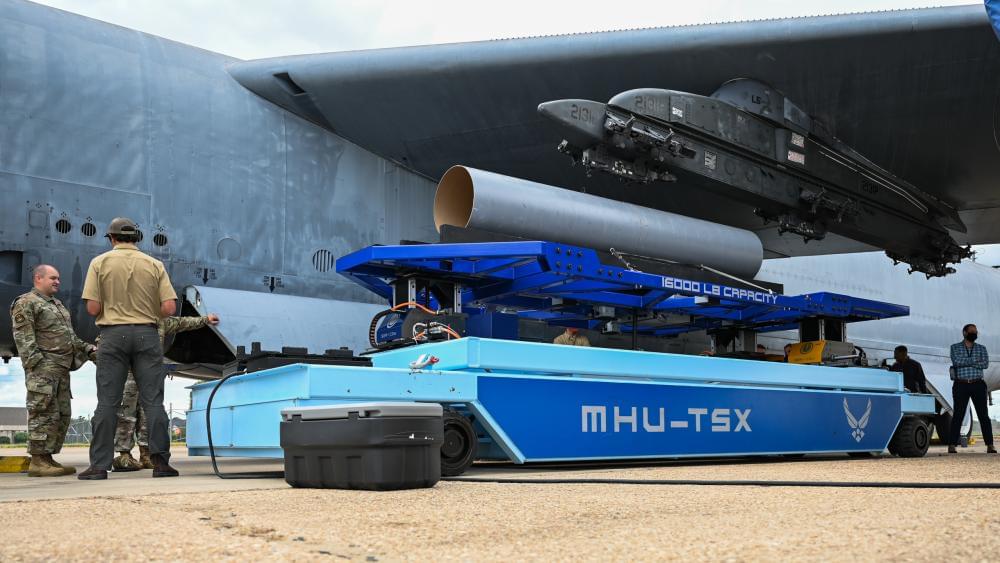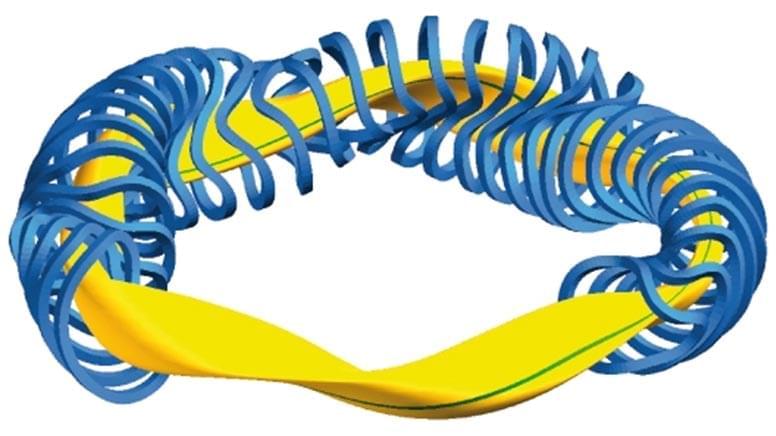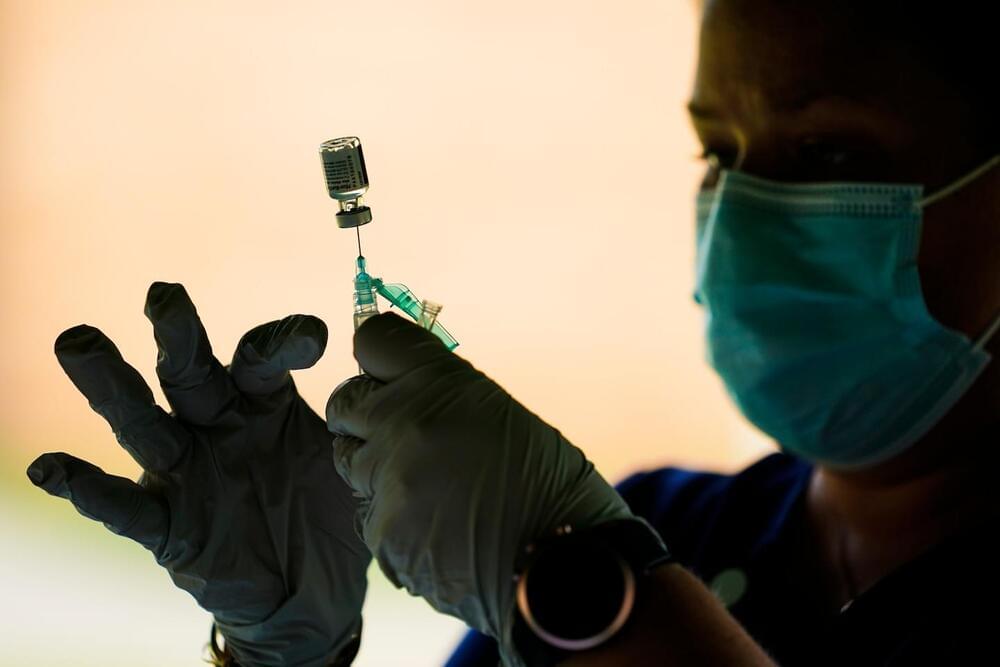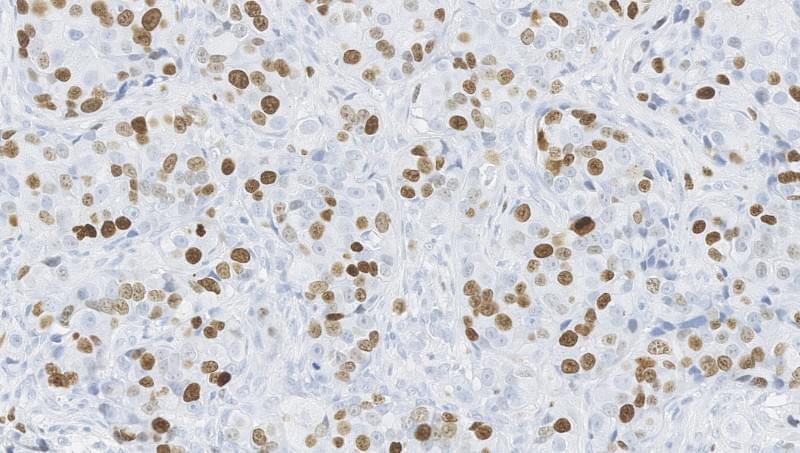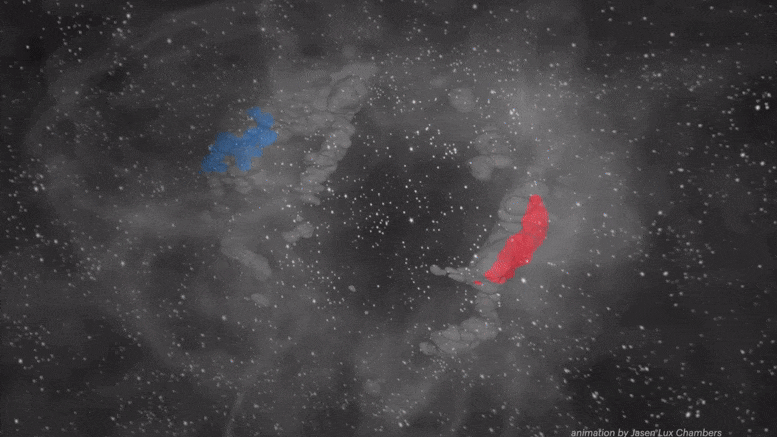Boeing displayed a Long-Range Air-to-Air Missile (LRAAM) concept at the annual Air, Space, and Cyber Conference in National Harbor, Maryland, this week.
The two-stage missile reportedly has a “kill vehicle” attached atop a rear booster section. The end of the missile is ejected after the initial burst, igniting the front section and propelling it to the target.
According to War Zone, Boeing began development of the concept in response to the US Air Force Research Laboratory (AFRL) Broad Area Announcement (BAA) last year requesting novel solutions for faster, longer-range air-to-air missile development.


